Best Vulnerability Management Tools for 2025
Compare 12 best vulnerability management tools for 2025. Get pricing, features, and deployment strategies to find the right solution for your security team.
- Home
- Compliance HubHub
- Best Vulnerability Management Tools for 2025
If you're searching for the best vulnerability management tools, you're probably trying to solve one of these problems: your team is drowning in vulnerability alerts, you can't tell which issues actually matter, or you need to prove to auditors that you're managing risk effectively.
The truth is that modern vulnerability management isn't about scanning everything and sorting by CVSS scores anymore. In 2025, the programs that actually reduce risk do five things well: they find everything (including shadow IT and cloud resources), they prioritize based on actual exploitability, they integrate with your patching workflows, they provide evidence that auditors accept, and they keep working despite ecosystem challenges like the 2024-2025 NVD enrichment delays.
This guide walks through the 12 vulnerability management tools that consistently win in 2025, with current pricing, practical deployment advice, and clear recommendations based on your specific environment
What is Vulnerability Management in 2025? \[Complete Guide\]
The vulnerability landscape keeps getting more complex. Over 21,000 CVEs were published in 2025 alone (that's 131 new vulnerabilities every single day, representing a 16% increase from 2024). Even more concerning: 80% of exploits become available before the official CVE gets published, and attackers can weaponize new vulnerabilities in as little as 24 hours.
Traditional VM approaches can't keep up with this volume. Scanning everything, creating massive spreadsheets of findings, and trying to patch based purely on CVSS scores leaves teams chasing thousands of alerts while the exploitable vulnerabilities slip through.
Modern vulnerability management platforms tackle this problem by combining several capabilities:
Complete asset discovery across your entire environment (endpoints, servers, cloud instances, containers, and yes, that shadow IT your developers deployed last month without telling anyone)
Risk-based prioritization that goes beyond CVSS to include EPSS (Exploit Prediction Scoring System), CISA's Known Exploited Vulnerabilities (KEV) catalog, and your specific business context
The CISA KEV catalog serves as the authoritative source for vulnerabilities that are actively being exploited in the wild. Security teams rely on this government-maintained database to prioritize patching efforts based on real-world threat intelligence rather than theoretical severity scores alone.
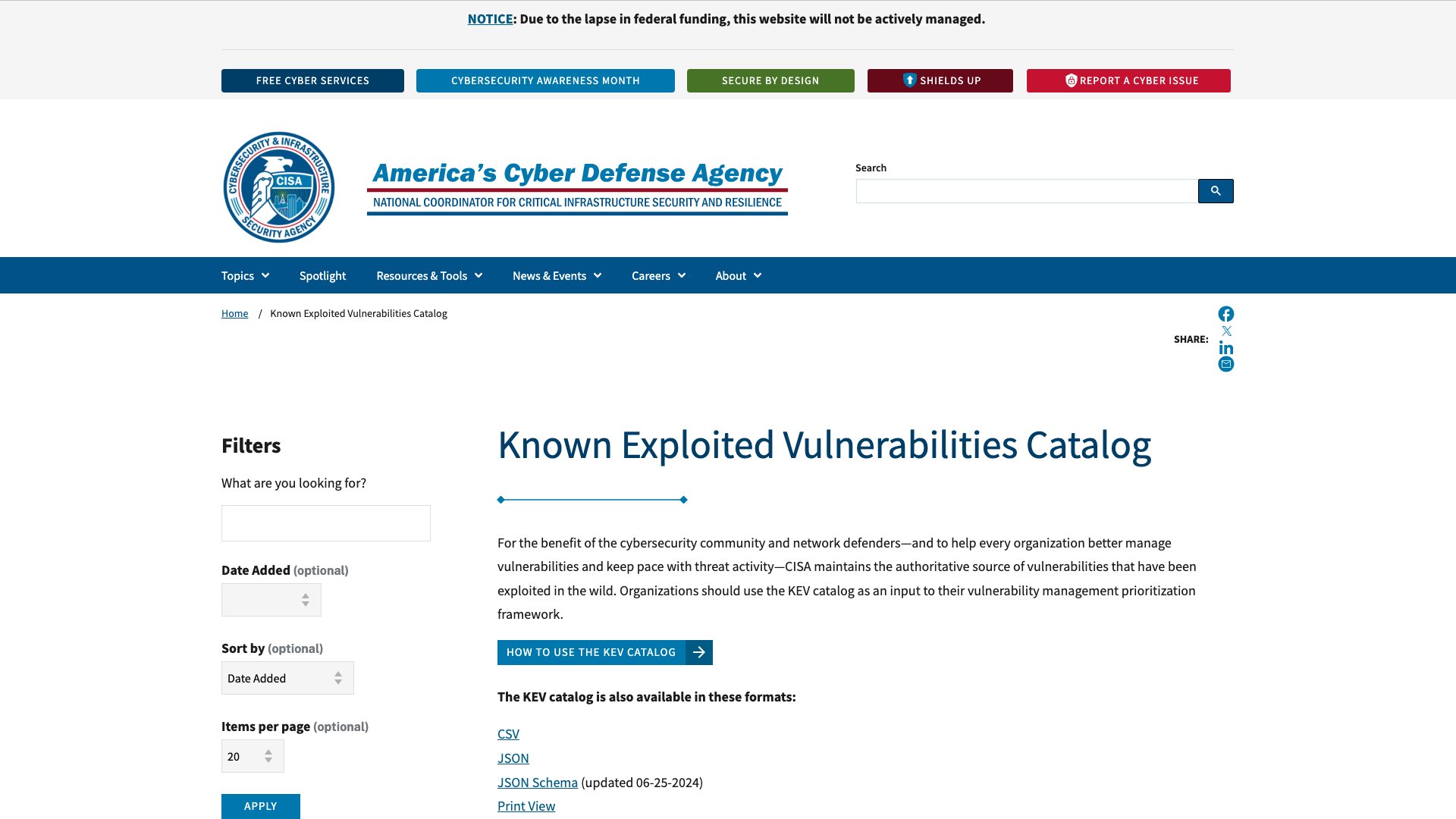
This risk-based approach combines multiple scoring dimensions to help teams focus on what actually matters:
Automated remediation workflows that integrate with your existing tools (Jira, ServiceNow, Intune, WSUS) and actually close the loop from detection to patching to verification
Compliance evidence that your auditors will accept, showing clear progress on vulnerability management for frameworks like SOC 2, ISO 27001, HIPAA, and PCI DSS
This matters especially if you're in a regulated industry or pursuing compliance certifications. Comp AI works with hundreds of companies managing vulnerability programs as part of their broader compliance strategy, and the pattern is consistent: the teams that succeed combine VM tools with clear policies, defined SLAs, and automated evidence collection.

12 Best Vulnerability Management Tools \[Detailed Comparison\]
1. Tenable (Nessus Professional, Nessus Expert, Tenable Vulnerability Management)
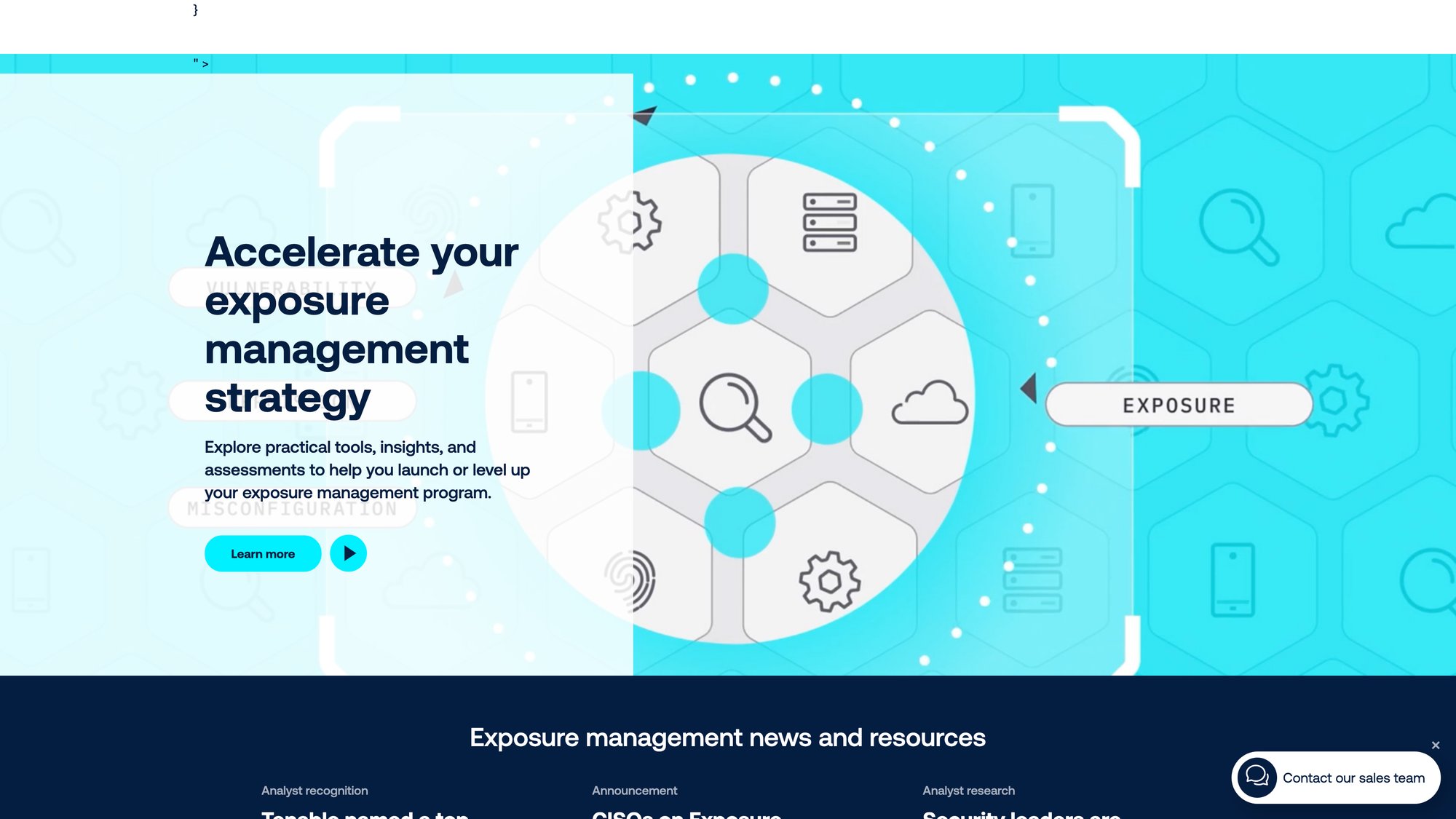
Best for: Teams that want proven scanning technology with transparent pricing and an easy on-ramp.
Nessus has been the gold standard for vulnerability scanning since 1998. Tenable offers three primary options: Nessus Professional for individual security practitioners, Nessus Expert for larger teams needing advanced features, and Tenable Vulnerability Management (their cloud platform) for organizations managing assets at scale.
Key capabilities:
- Deep credentialed scanning that goes beyond external port scans to check installed software, configurations, and local vulnerabilities
- Extensive plugin library with over 170,000 plugins covering operating systems, applications, databases, network devices, and cloud configurations
- Cloud-based management (with Tenable Vulnerability Management) that provides centralized dashboards, reporting, and asset tracking
- Compliance scanning for PCI DSS, HIPAA, CIS benchmarks, and other regulatory frameworks
Current pricing (October 2025):
- Nessus Professional: $4,390/year
- Nessus Expert: $6,390/year
- Tenable Vulnerability Management: $35/asset/year (100 assets = $3,500/year, with multi-year discounts available)
What works well: The pricing is completely transparent, which makes budgeting straightforward. Nessus Professional gives you enterprise-grade scanning capabilities without requiring a major commitment. The credentialed scanning depth is exceptional, particularly for Windows and Linux environments.
What to watch for: Tenable gives you excellent vulnerability data, but you'll still need to build the processes around it. The tool won't automatically create tickets, assign owners, or drive patches. You'll want to integrate with your ticketing system and define clear SLAs for remediation.
2. Rapid7 InsightVM
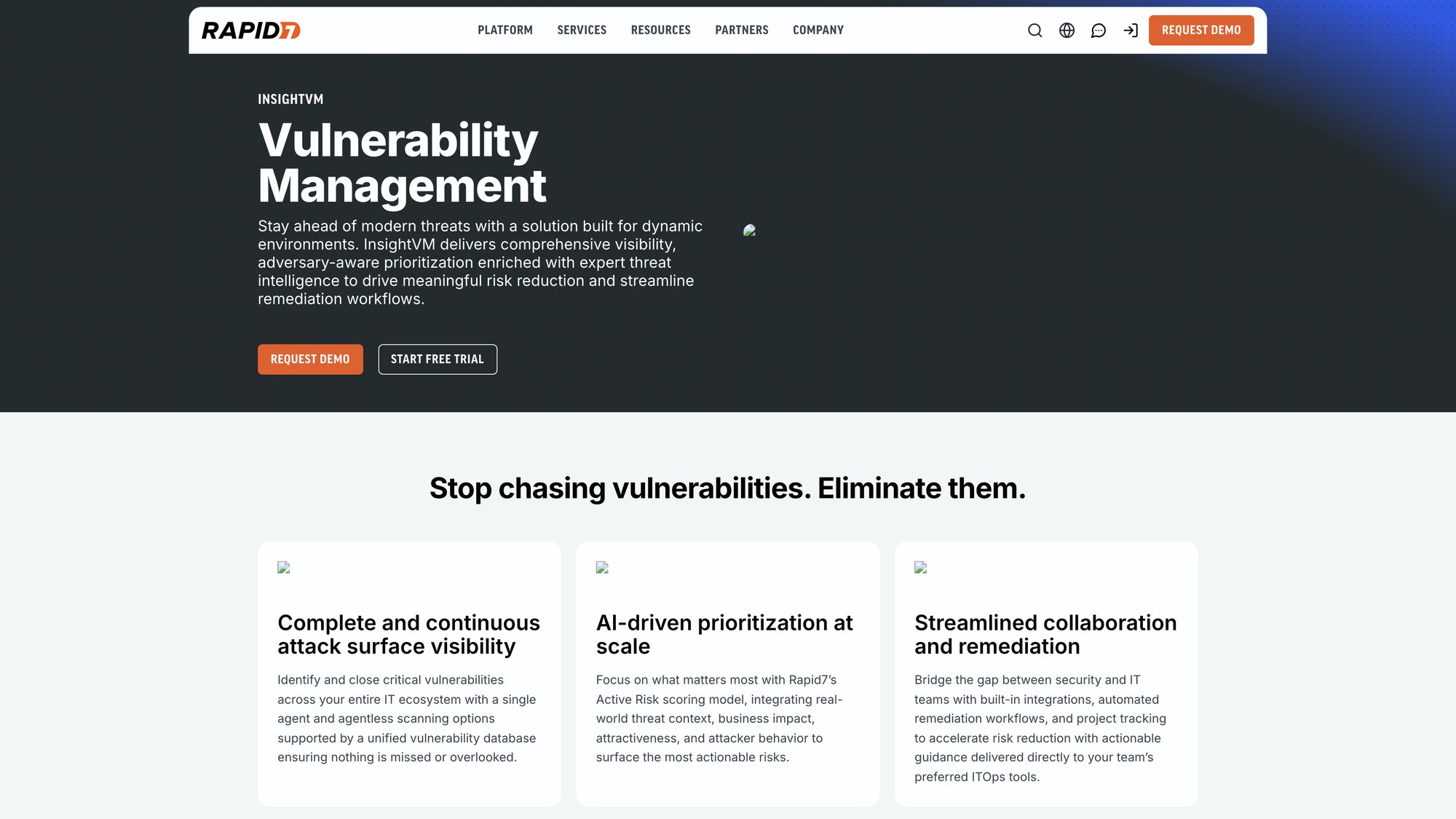
Best for: Risk-based vulnerability management with strong remediation workflows and extensive ecosystem integrations.
InsightVM brings together vulnerability scanning, risk prioritization, and remediation orchestration in a single platform. The "Live" dashboards provide real-time visibility, and the Remediation Projects feature keeps your operations teams engaged by showing clear progress on fixing issues.
Key capabilities:
- Risk-based prioritization that factors in exploit availability, asset criticality, and your specific environment
- Remediation Projects that bundle related vulnerabilities and track progress through completion
- Deep integrations with Jira, ServiceNow, Slack, and major patching platforms
- Cloud and container support including AWS, Azure, GCP, and Kubernetes scanning
- Remediation Hub automation (added in 2025) that accelerates the fix workflow
Current pricing (October 2025):
- Annual: $22/asset/year (up to 2,000 assets); $19/asset/year (2,001-10,000 assets)
- Monthly: $0.73/asset/month with a 250-asset minimum
What works well: The Remediation Projects approach actually gets vulnerabilities fixed rather than just documented. Teams report that the visual progress tracking keeps everyone aligned on priorities. The public pricing makes budgeting predictable.
What to watch for: Plan for the asset count you'll actually need to manage, including cloud ephemeral instances that come and go. Also clarify your strategy for agent versus agentless coverage depending on your environment.
3. Qualys VMDR (Vulnerability Management, Detection and Response with TruRisk)
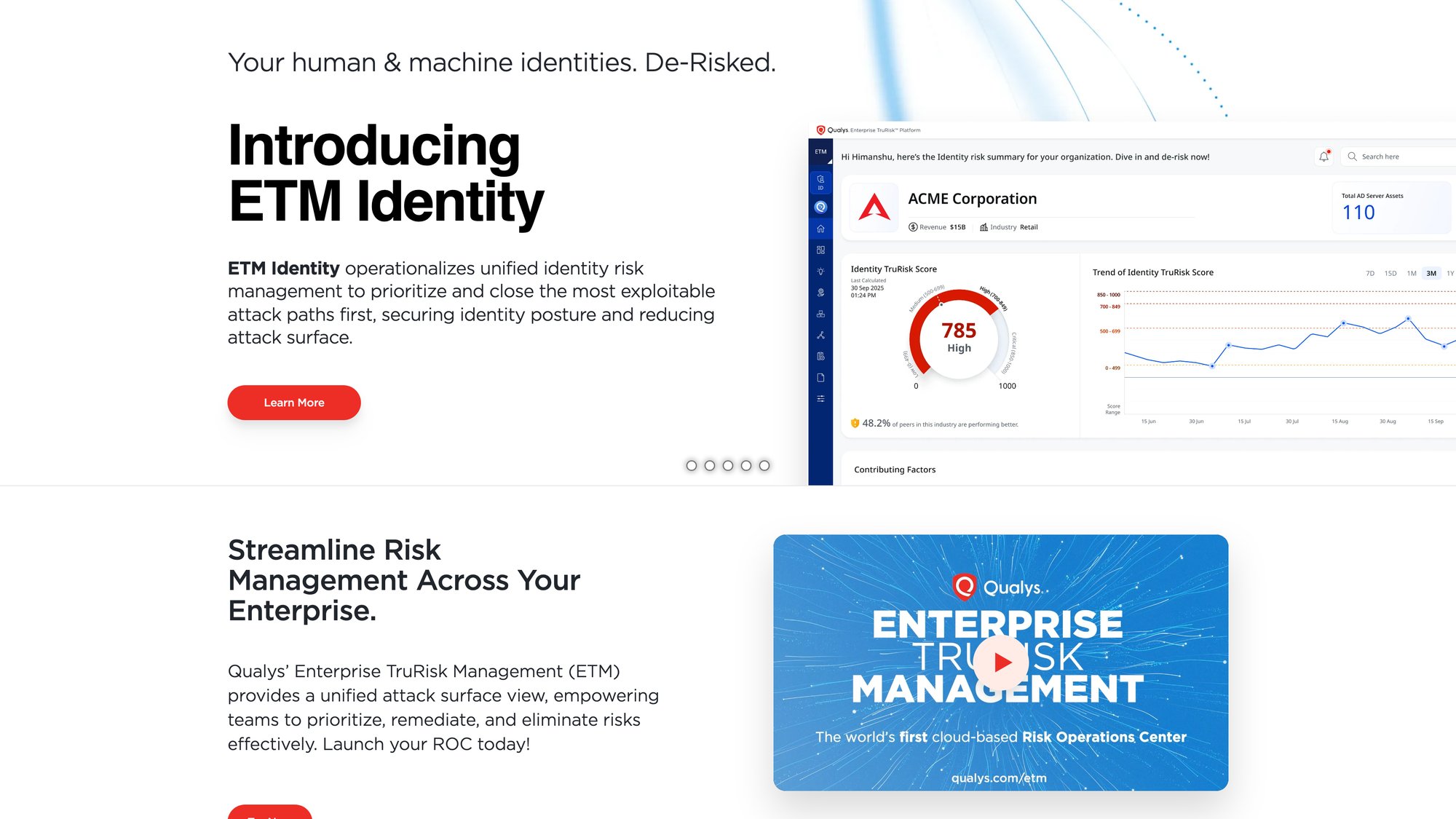
Best for: Global enterprises wanting unified agent and network scanning with strong compliance reporting.
Qualys VMDR combines vulnerability management with detection and response capabilities, providing both traditional network scanning and agent-based continuous monitoring. The platform is particularly strong for organizations with complex, distributed environments.
Key capabilities:
- Cloud Agent that extends coverage to laptops, remote workers, and cloud servers
- TruRisk scoring that contextualizes vulnerability data with your business priorities
- Patch management add-ons that can handle the remediation side
- Extensive compliance templates for major frameworks and regulations
- Global scanner network for consistent coverage across regions
Current pricing: Qualys lists VMDR packages on AWS Marketplace with tiered, metered pricing that gives useful directional guidance. Enterprise agreements will differ, but the marketplace SKUs provide a helpful starting point for budget planning.
What works well: The combination of agent and network scanning gives you complete coverage. The global infrastructure means consistent performance regardless of where your assets live.
What to watch for: Marketplace pricing is directional only (validate actual costs with Qualys sales). Also ensure your team has time to configure the platform properly, as the breadth of features requires thoughtful setup.
4. Cisco Vulnerability Management (formerly Kenna Security)

Best for: Organizations that want risk-based scoring centered on exploit intelligence and business context.
Cisco VM (the platform formerly known as Kenna Security) pioneered the risk-based approach to vulnerability management. Rather than relying solely on CVSS severity scores, it incorporates exploit likelihood using EPSS and other threat intelligence sources.
Key capabilities:
- Risk-based scoring that weights exploit probability, not just theoretical severity
- Data science models that predict which vulnerabilities will be exploited
- Business context integration that considers asset criticality and exposure
- CISA KEV integration to automatically prioritize known-exploited vulnerabilities
- Remediation workflow with ticketing system integrations
Current pricing: Quote-only; contact Cisco for enterprise pricing.
What works well: The risk science approach genuinely reduces the number of vulnerabilities you need to address immediately, letting teams focus on what actually matters. The EPSS integration is particularly valuable for internet-facing assets.
What to watch for: Validate that the integrations cover your specific patch management and ticketing stack. Also understand how the risk models weigh KEV and EPSS for your particular environment.
5. Microsoft Defender Vulnerability Management (MDVM)
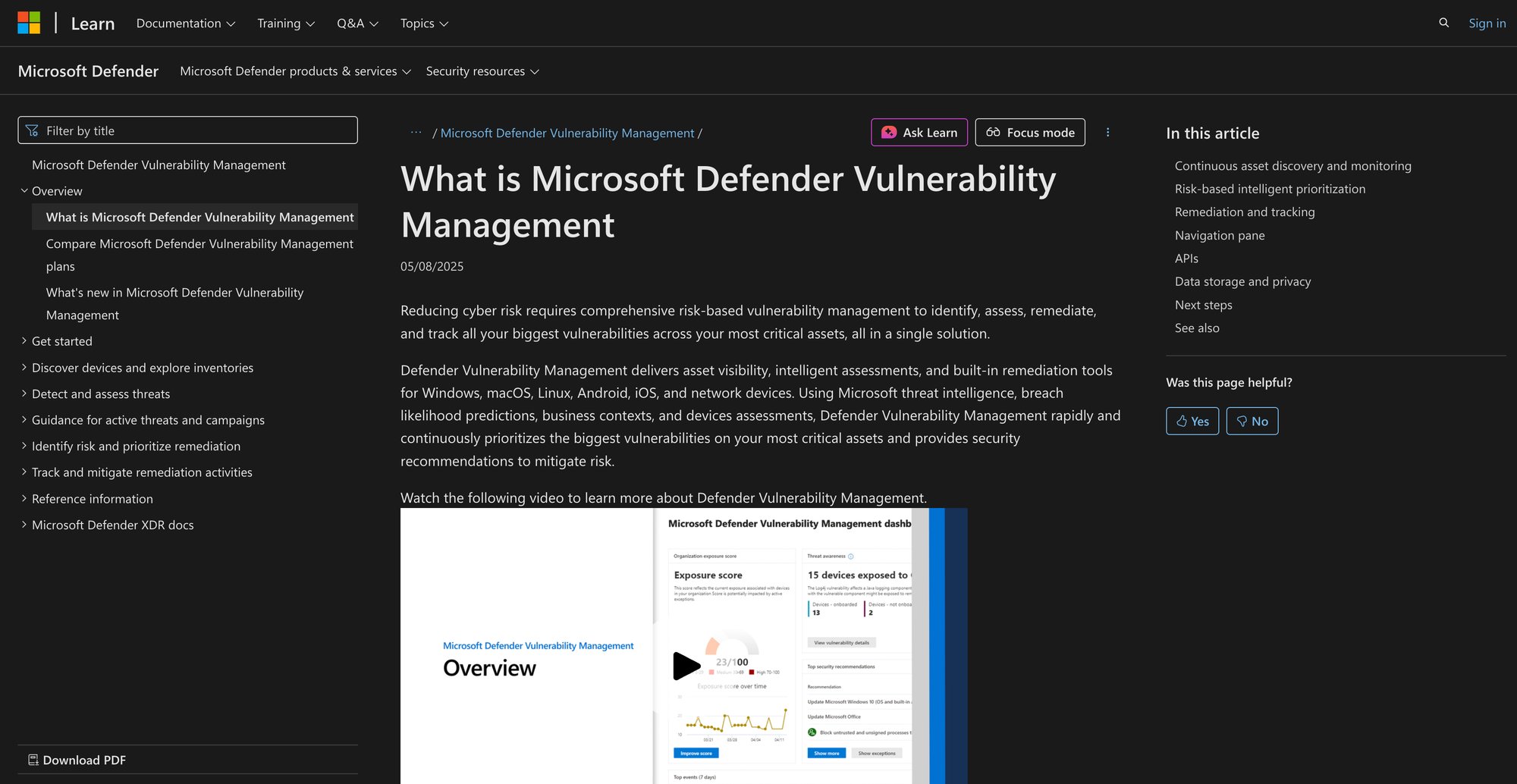
Best for: Microsoft-centric organizations with Defender for Endpoint, Intune, and primarily Windows/macOS fleets.
MDVM provides endpoint-native vulnerability management that ties directly into the Microsoft security ecosystem. If you're already using Defender for Endpoint and Intune, MDVM extends those investments with vulnerability assessment, exposure scoring, and remediation workflows.
Key capabilities:
- Device exposure scores that quantify risk across your endpoint fleet
- Misconfiguration detection that goes beyond traditional vulnerability scanning
- Baseline assessments for security configurations
- Direct integration with Intune for automated patching workflows
- Security recommendations that prioritize fixes based on Microsoft's threat intelligence
Current pricing: Historically listed around $2-$3/user/month as an add-on to Defender for Endpoint Plan 2 (verify current rates with Microsoft as licensing models evolve).
What works well: If you're committed to the Microsoft ecosystem, MDVM reduces friction significantly. The Intune integration means you can go from vulnerability detection to automated patching without leaving the platform.
What to watch for: Coverage favors managed endpoints. If you have significant cloud infrastructure or containers, you'll need to add CNAPP capabilities or separate scanning for those workloads.
6. CrowdStrike Falcon Spotlight
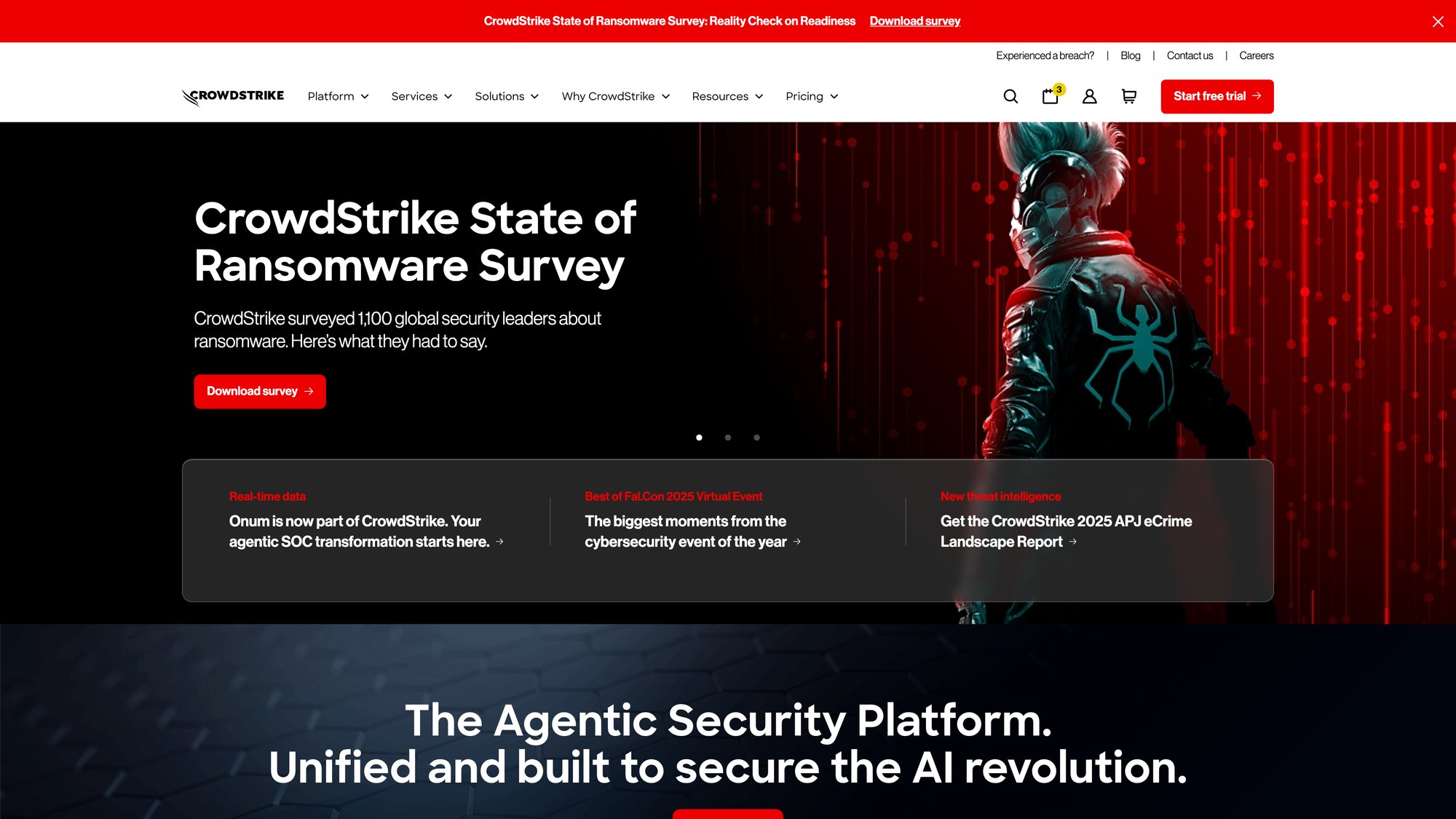
Best for: Organizations already standardized on Falcon EDR that want vulnerability visibility without deploying another agent.
Falcon Spotlight adds vulnerability management to the CrowdStrike Falcon platform, using the existing Falcon sensor to provide prioritized endpoint vulnerability data.
Key capabilities:
- Single-agent approach using the Falcon sensor you already deployed for EDR
- Prioritized vulnerability data integrated into the Falcon console
- Security policy checks that identify misconfigurations alongside vulnerabilities
- Executive and operational dashboards that both security and IT teams can use
Current pricing: Quote-only; third-party estimates suggest about $100 per device per year for Spotlight as of 2025 (directional only, confirm with CrowdStrike).
What works well: Using the existing Falcon agent eliminates deployment complexity and ongoing agent management. The unified console means your team has one place to look for both EDR alerts and vulnerability data.
What to watch for: You'll need separate coverage for servers, cloud workloads, and containers unless you license additional Falcon modules. Spotlight focuses on endpoints.
7. Wiz (Cloud Native Application Protection Platform with VM)

Best for: Cloud-first organizations running multi-cloud or Kubernetes environments needing agentless discovery and attack-path context.
Wiz takes a different approach by building a complete graph of your cloud resources and their relationships, then using that context to prioritize vulnerabilities based on actual exploitability.
Key capabilities:
- Agentless discovery that doesn't require you to deploy agents across your cloud infrastructure
- Attack-path analysis that shows how vulnerabilities could chain together
- Graph-based context that prioritizes exploitable risk (like exposed secrets combined with vulnerable images)
- Dev-to-prod guardrails that prevent vulnerable resources from reaching production
- Multi-cloud support across AWS, Azure, GCP, and other providers
Current pricing: AWS Marketplace lists Wiz packages based on workloads (for example, 100-workload bundles for smaller environments) with monthly and annual options available.
What works well: The agentless approach means fast time-to-value. The attack-path context helps you understand which vulnerabilities actually matter based on exposure and potential impact.
What to watch for: For on-premises or non-cloud assets, you may still want a traditional scanner or agent-based approach to complement Wiz.
8. Palo Alto Networks Prisma Cloud
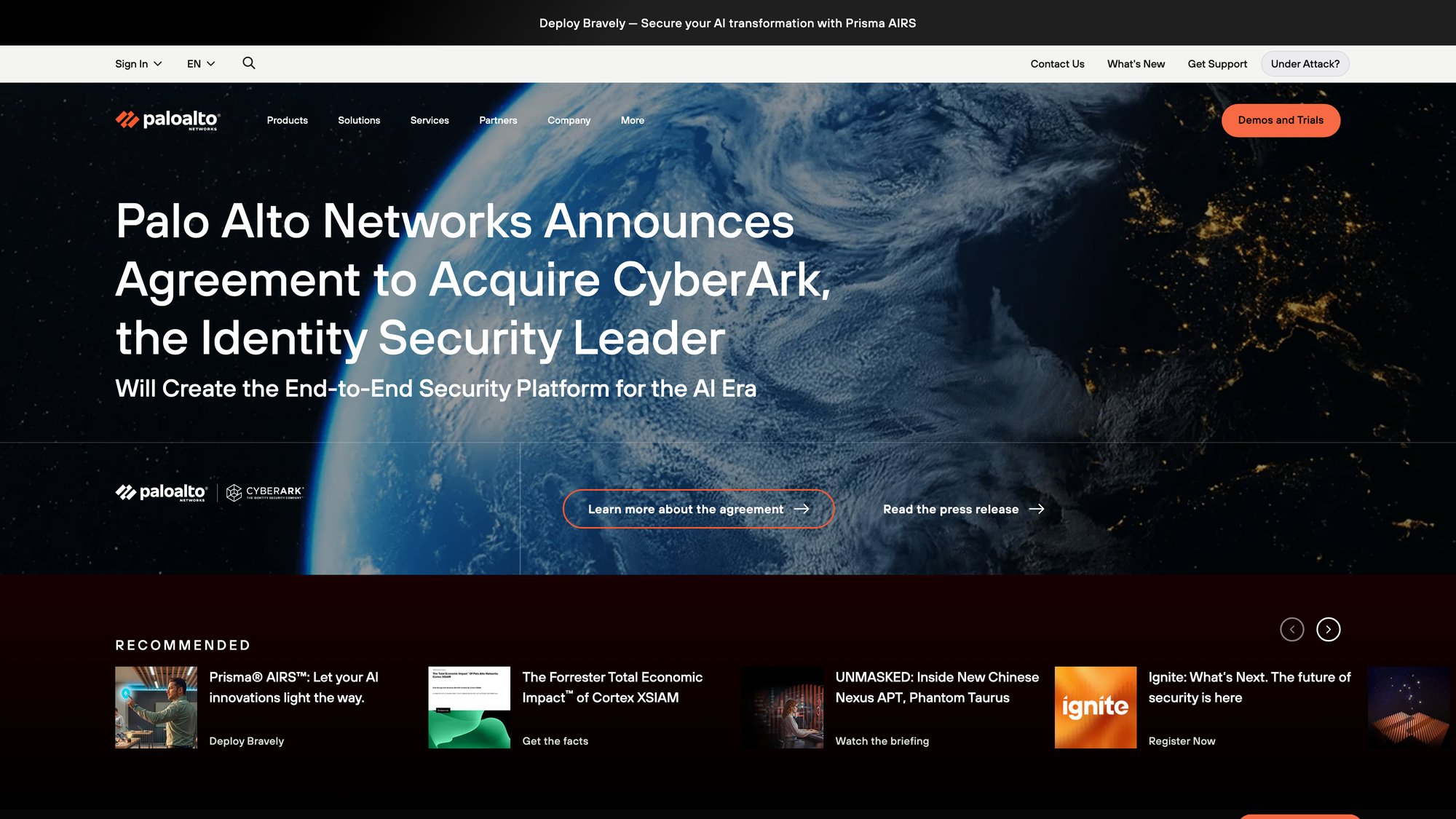
Best for: Container, Kubernetes, and serverless environments, especially when Palo Alto is already your strategic security vendor.
Prisma Cloud provides complete cloud-native application protection including vulnerability management across the entire development and deployment lifecycle.
Key capabilities:
- Build-time and runtime protection for containers and serverless functions
- Policy-as-code that enforces security standards in CI/CD pipelines
- IaC scanning that catches vulnerable configurations before deployment
- Registry scanning for container images
- Credit-based licensing that spans multiple security modules
Current pricing: Credit-based model varies by capabilities and consumption; work with Palo Alto to estimate costs based on your workload inventory.
What works well: If you're heavily invested in containerized applications, Prisma Cloud covers the entire lifecycle. The policy-as-code approach lets you enforce security standards without slowing down development.
What to watch for: Plan time for policy tuning to reduce noise, particularly in container registries and CI pipelines where you might have many images.
9. Orca Security (CNAPP)
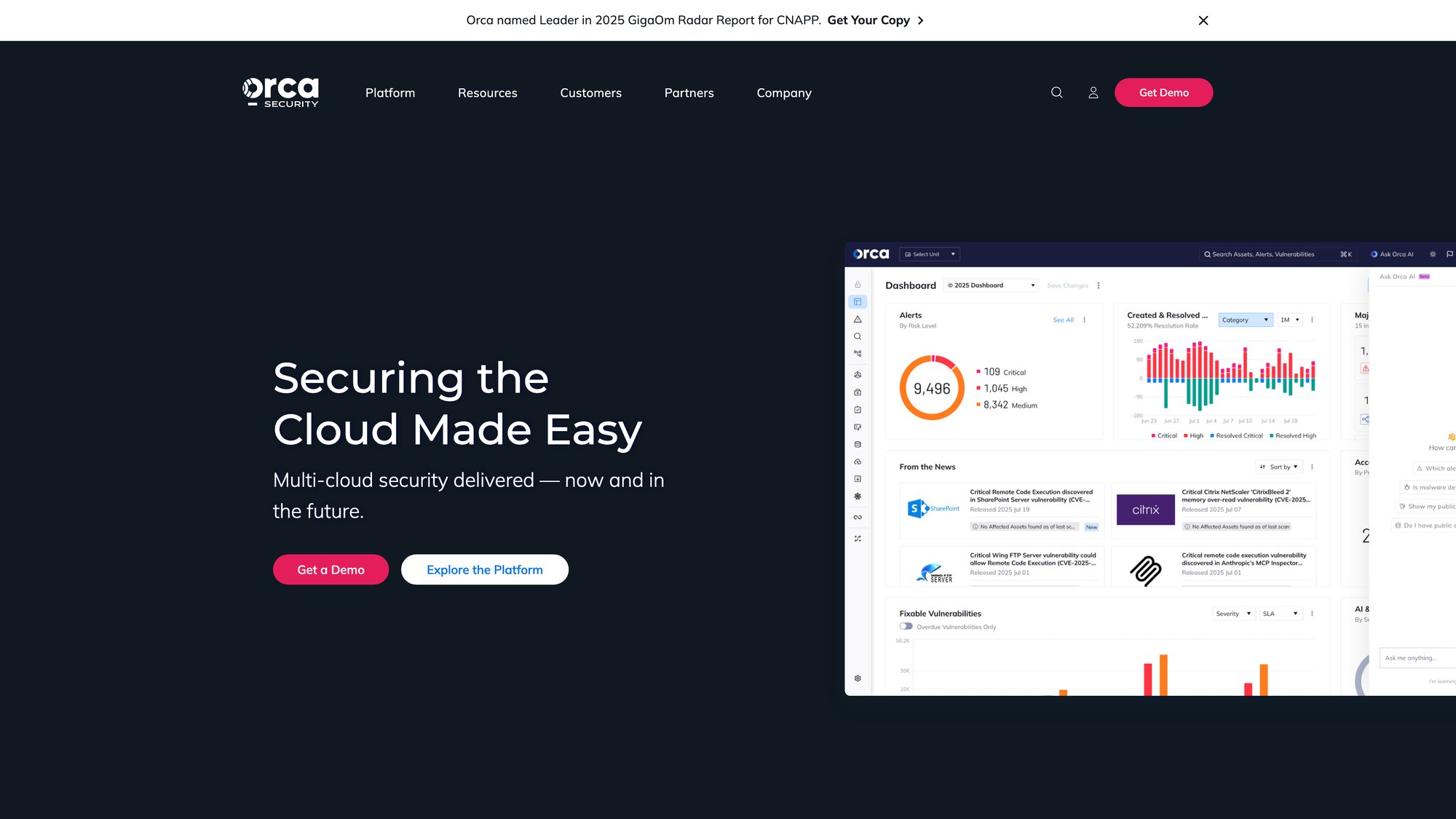
Best for: Agentless cloud security with broad platform coverage when you want fast time-to-value.
Orca competes directly with Wiz on agentless cloud security, providing vulnerability management alongside other cloud security capabilities.
Key capabilities:
- Agentless discovery across your cloud environment
- Contextual risk prioritization based on actual exposure
- Multi-cloud support for major cloud providers
- Fast deployment without requiring agent rollouts
Current pricing: Quote-only; look for pilot-friendly bundles to test the platform.
What works well: The agentless approach and broad context make it easy to get complete cloud visibility quickly.
What to watch for: As with any agentless CNAPP, ensure coverage for ephemeral workloads and development/test accounts that might not be scanned regularly.
10. GitHub Advanced Security (GHAS)
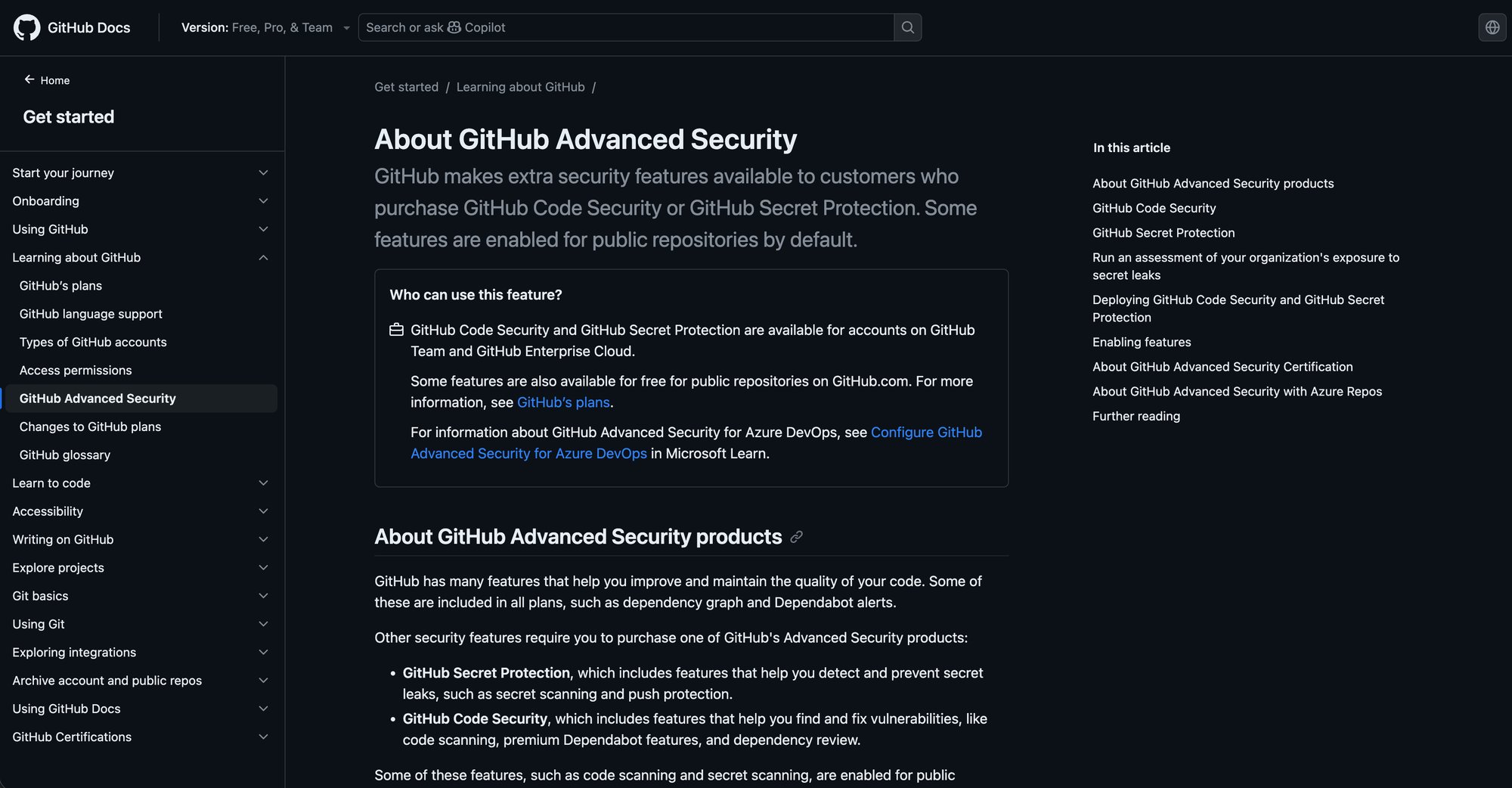
Best for: Developer-led security for teams building applications on GitHub.
GHAS focuses on finding vulnerabilities in code and dependencies before applications reach production, providing code scanning, dependency review, and secret scanning.
Key capabilities:
- Code scanning (SAST) that finds vulnerabilities in your application code
- Dependency review (SCA) that identifies vulnerable libraries and packages
- Secret scanning that prevents credentials from being committed
- Developer-friendly workflows that provide remediation guidance in pull requests
Current pricing: $30 per active committer per month (effective April 1, 2025).
What works well: The per-committer pricing makes budgeting straightforward. The tight GitHub integration means developers get security feedback in their existing workflows.
What to watch for: GHAS focuses on application security (code and dependencies). You'll still need infrastructure vulnerability management for servers, endpoints, and cloud resources.
11. Open Source Stack (Greenbone OpenVAS, Trivy, Grype)
Best for: Learning environments, labs, and augmenting commercial tools.
The open-source VM ecosystem provides powerful scanning capabilities without licensing costs, though you'll invest more time in integration and maintenance.
Key components:
- OpenVAS (Greenbone): Network vulnerability scanner for infrastructure
- Trivy: All-in-one scanner for container images, file systems, and infrastructure-as-code
- Grype: Fast container and SBOM vulnerability scanner
Current pricing: Free (open source).
What works well: These tools provide enterprise-grade scanning capabilities at no cost. They're excellent for learning vulnerability management concepts and for augmenting commercial platforms.
What to watch for: You'll invest significant time in building dashboards, integrating with ticketing systems, and maintaining the infrastructure. The total cost of ownership includes this operational overhead.
12. Balbix
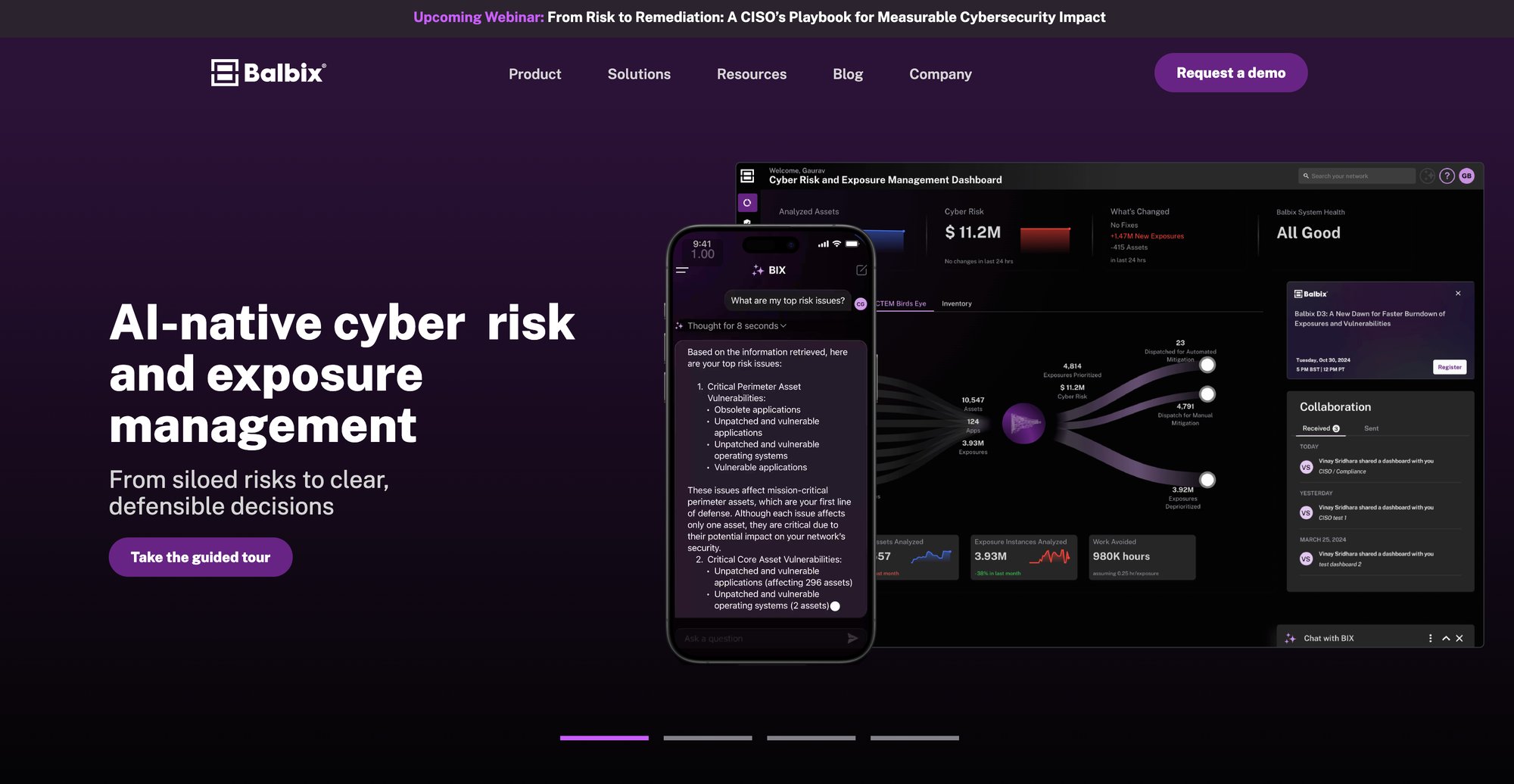
Best for: Organizations wanting AI-powered risk quantification and breach prediction.
Balbix uses AI and machine learning to quantify cyber risk in business terms, providing vulnerability management alongside broader cyber risk quantification.
Key capabilities:
- AI-powered risk analysis that predicts breach likelihood
- Asset inventory across IT, cloud, and OT environments
- Risk quantification in dollar terms that executives understand
- Remediation prioritization based on business impact
Current pricing: Quote-only; contact Balbix for enterprise pricing.
What works well: The business risk quantification helps communicate security priorities to executives and boards. The asset discovery is complete.
What to watch for: Ensure the AI models align with your specific risk profile and industry. The platform is powerful but requires proper configuration to deliver maximum value.
How to Choose the Right Vulnerability Management Tool \[Selection Guide\]
Start by understanding what you're actually trying to accomplish. Different scenarios call for different tools:
If you have Windows/macOS endpoints at scale with M365: Microsoft Defender Vulnerability Management makes the most sense. The deep integration with Intune and Defender for Endpoint creates a seamless workflow from detection to remediation. You'll get the best value if you're already committed to the Microsoft ecosystem.
If you want traditional scanning with transparent pricing: Tenable (Nessus Professional/Expert or Tenable Vulnerability Management) provides proven scanning technology with clear, published pricing. This is the safe choice for teams that want reliability and predictability.
If you need strong remediation workflows: Rapid7 InsightVM excels at actually getting vulnerabilities fixed, not just identified. The Remediation Projects feature and extensive integrations with ticketing and patching systems make it a strong choice for operations-focused teams.
If you're cloud-native or running Kubernetes: Wiz or Palo Alto Prisma Cloud provide agentless discovery and cloud-specific context that traditional scanners miss. The attack-path analysis helps you understand which cloud vulnerabilities actually matter.
If you're already on CrowdStrike Falcon: Falcon Spotlight uses your existing agent deployment and provides vulnerability data right in the Falcon console. It's the natural extension if you're committed to the Falcon platform.
If you're focused on developer-led security: GitHub Advanced Security catches vulnerabilities in code and dependencies before they reach production. The per-committer pricing ($30/month) makes budgeting straightforward.
Most mature programs actually use multiple tools. A common pattern: traditional scanning (Tenable or Rapid7) for endpoints and servers, a CNAPP (Wiz or Prisma Cloud) for cloud infrastructure, and developer-focused tools (GHAS) for application security.
Vulnerability Management Tool Pricing \[October 2025\]
Here's a quick reference for the tools with published pricing:
| Tool | Pricing Model | Current Rate |
|---|---|---|
| Tenable Nessus Professional | Annual license | $4,390/year |
| Tenable Nessus Expert | Annual license | $6,390/year |
| Tenable Vulnerability Management | Per asset | $35/asset/year |
| Rapid7 InsightVM | Per asset (annual) | $22/asset/year (up to 2,000 assets) |
| Rapid7 InsightVM | Per asset (monthly) | $0.73/asset/month (250-asset minimum) |
| Microsoft MDVM | Per user | $2-$3/user/month (historical, verify current) |
| GitHub Advanced Security | Per committer | $30/active committer/month |
| Qualys VMDR | Workload-based | Marketplace bundles (directional) |
| Wiz | Workload-based | Marketplace bundles (directional) |
| CrowdStrike Falcon Spotlight | Per device | ~$100/device/year (estimate) |
Enterprise agreements often include volume discounts and bundled capabilities, so these published rates serve as starting points for budget planning rather than final costs.
Essential Vulnerability Management Capabilities in 2025
The programs that actually reduce risk share these characteristics:
Unified asset inventory that includes endpoints, servers, cloud instances, containers, and third-party SaaS applications. You can't manage vulnerabilities in assets you don't know about.
Credentialed scanning depth combined with both agent and agentless options. Surface-level scanning misses the vulnerabilities that matter most.
Risk-based prioritization that blends CVSS with EPSS (exploit prediction), CISA's Known Exploited Vulnerabilities catalog, and your specific business context. Not all "critical" vulnerabilities deserve the same urgency.
Patch orchestration or tight integrations with your existing tools like Intune, WSUS, SCCM, Ansible, ServiceNow, and Jira. The gap between identifying and fixing vulnerabilities is where breaches happen. Implementing a complete patch management policy ensures systematic remediation across your environment.
Automated ticketing with clear owners, SLAs, and automatic closure when patches are verified. Manual tracking doesn't scale.
Cloud and container coverage including registry scanning, build-time checks, and runtime monitoring. Traditional scanners alone miss cloud-specific vulnerabilities.
Attack-path context (from platforms like Wiz, Prisma Cloud, or Orca) that shows how vulnerabilities could chain together to enable actual attacks.
Compliance evidence with exportable reports formatted for SOC 2, ISO 27001, HIPAA, PCI DSS, and other frameworks. Your vulnerability management program needs to support compliance requirements.
API and automation that enables infrastructure-as-code gating, CI checks, and webhook-driven workflows. Manual processes create bottlenecks.
Frequent, reliable intelligence that continues working despite NVD analysis slowdowns. Ask vendors explicitly how they're supplementing NVD data.

30/60/90-Day Vulnerability Management Implementation Plan
Days 0-30: Discover and baseline
Start with complete asset discovery. Turn on discovery in your chosen VM tool and pull in data from every available source: your identity provider (Entra ID, Okta), CMDB, cloud accounts, EDR platform, and MDM. The goal is minimizing blind spots.
Establish your scan strategy combining credentialed scans and agent coverage. Schedule low-impact scanning windows for sensitive systems (production databases, payment processing, etc.). For cloud and containers, enable continuous scanning rather than scheduled scans.
Define your initial prioritization policy. A practical starting point: patch within 7 days if a vulnerability appears in CISA's KEV catalog or has an EPSS score above 0.5, otherwise prioritize by severity and asset criticality.
Set up dashboards for both executives and operations teams. Example metrics: number of KEV vulnerabilities on internet-exposed assets, time-to-patch for critical findings, percentage of assets with current patches.
Days 31-60: Operationalize fixing
Configure automated ticketing to create issues in Jira or ServiceNow with assigned owners, due dates, and specific remediation guidance. The tickets should include everything a system administrator needs to fix the issue.
Wire up your patching flows connecting to Intune, WSUS, Configuration Manager, or Ansible. Start with a pilot group before rolling out to production systems. Define maintenance windows and test the automated patching workflow.
For cloud and Kubernetes environments, implement image scanning in CI pipelines using tools like Trivy or Grype. Gate high-risk images from reaching production and enforce approved base images through policy.
Establish your key metrics: mean time to remediate (MTTR) for KEV and EPSS-high items, percentage of critical assets free of KEV vulnerabilities, and trend lines showing improvement over time.
Days 61-90: Prove and harden
Create your board and auditor reporting package. This should include a monthly narrative with metrics, an exceptions and risk acceptance process, and clear evidence of continuous improvement.
Run a drill simulating a new KEV vulnerability appearing. Can your team detect, ticket, patch, and verify the fix within 72 hours? Implementing an incident response policy ensures your team has documented procedures for handling critical vulnerability disclosures. Document what works and what needs improvement.
Tune false positives and suppress noise. Tag compensating controls like WAFs or network segmentation where they genuinely reduce risk. Your team needs to trust the alerts.
Scale your coverage by expanding agent deployment and adding CNAPP visibility for multi-cloud environments. Fill in any remaining blind spots.
Common Vulnerability Management Pitfalls (and How to Avoid Them)
Uncredentialed scans create false confidence. Without proper credentials, scanners miss local software vulnerabilities and configuration issues. Push for credentialed coverage wherever possible, especially for Windows and Linux environments.
Asset count surprises blow budgets. Cloud auto-scaling and ephemeral instances can push you past licensed asset counts quickly. Budget with 20-30% headroom or use marketplace "metered" SKUs where available.
Chasing CVSS instead of exploitability wastes time. Use EPSS and CISA's KEV catalog to patch what attackers are actually using, especially on internet-exposed assets. A "critical" CVSS score without exploit availability is less urgent than a "high" vulnerability that's being actively exploited.
Ignoring NVD lag creates gaps. Ask vendors how they're enriching vulnerability data beyond NVD while the ecosystem continues recovering from the 2024-2025 enrichment backlog.
Missing the owner of the last mile. Make someone specifically accountable for the ticket-to-patch-to-verify loop. Measure their MTTR for KEV and EPSS-high items and give them the authority to escalate when system owners don't respond.
Treating VM as a security-only problem. Effective vulnerability management requires partnership between security, IT operations, and development teams. Security identifies the vulnerabilities, ops teams own most of the patching, and developers fix application issues.
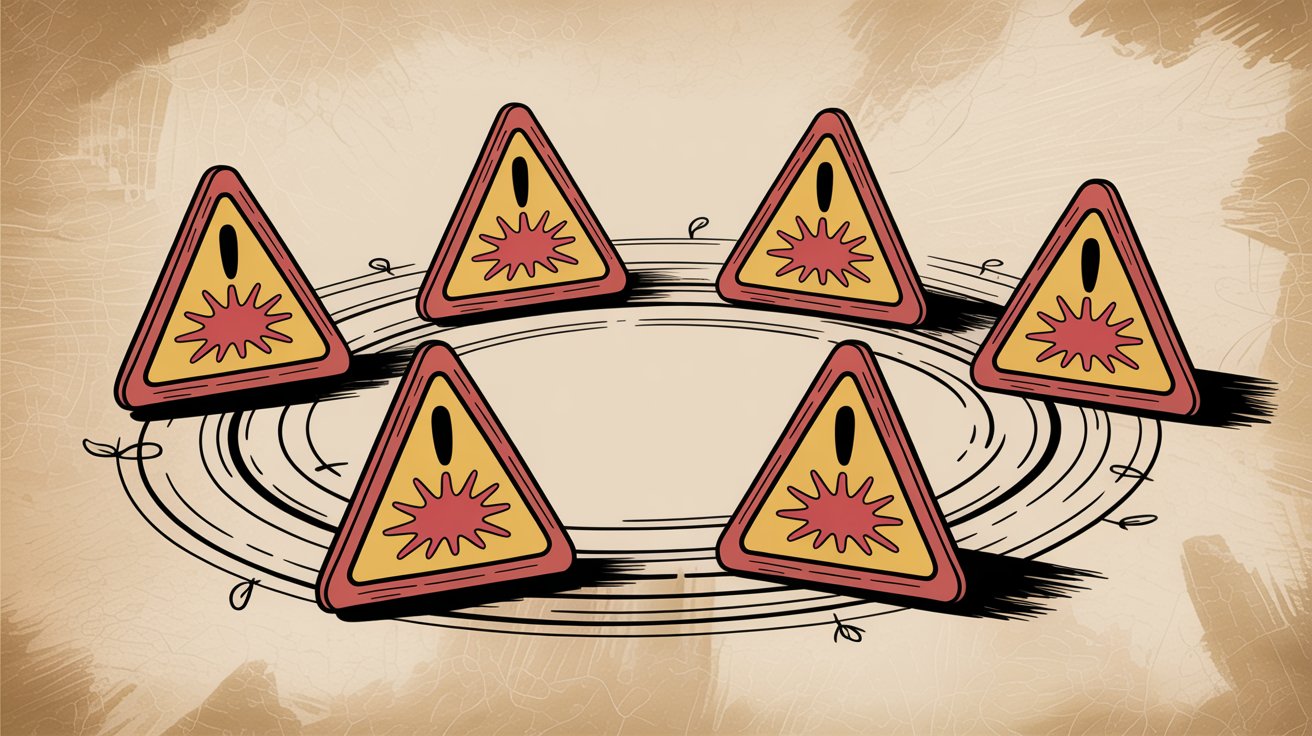
Vulnerability Management for Compliance Audits
If you're pursuing SOC 2, ISO 27001, HIPAA, or PCI DSS certification, your vulnerability management program provides critical evidence.
Auditors want to see that you:
- Maintain an accurate asset inventory
- Scan regularly for vulnerabilities
- Prioritize based on risk
- Remediate findings within defined SLAs
- Track exceptions with business justification
- Monitor continuously rather than just before audits
Your VM platform should generate reports that map directly to compliance requirements. Look for:
- Scheduled scan evidence with timestamps
- Before/after dashboards showing remediation progress
- Ticketing records with owners and resolution dates
- Exception approvals with risk acceptance documentation
- Trend data showing continuous improvement

Most VM platforms support compliance-oriented reporting, but you still need to configure them properly. Define your scanning schedule, set up the automated reports, and establish the workflows that connect vulnerability findings to remediation actions.
Compliance automation platforms streamline the compliance side of vulnerability management by continuously collecting evidence, mapping it to framework requirements, and generating audit-ready documentation. Instead of manually pulling reports before audits, automated compliance software maintains evidence throughout the year for SOC 2, ISO 27001, HIPAA, GDPR, and other frameworks. Organizations typically achieve audit readiness in 24 hours rather than the 3-6 months required with manual processes.
Frequently Asked Questions About Vulnerability Management Tools
Do I still need a traditional scanner if I use Wiz, Prisma Cloud, or Orca?
Often yes, especially for legacy on-premises systems and credentialed Windows/Linux checks. CNAPPs excel at cloud context and attack-path analysis, but traditional scanners dig deeper on OS configurations, installed applications, and network-accessible services. If you're running a hybrid environment, you'll likely need both approaches.
What's a realistic SLA for patching vulnerabilities?
A practical pattern: KEV or EPSS-high vulnerabilities on critical assets get 7 days, other critical-severity findings get 14-30 days, with documented exceptions that require approval. Tune these SLAs based on your business risk tolerance and operational capacity. Also differentiate between internet-facing systems (shorter SLAs) and internal systems with compensating controls (longer acceptable timelines).
How do I prove progress for compliance audits?
Keep monthly exports of closed tickets, before-and-after dashboards, and supporting evidence like patch deployment logs from Intune or WSUS. Most VM platforms support auditor-friendly reports. Boards and auditors particularly value "percentage of critical assets with zero KEV vulnerabilities" as a clear metric that demonstrates risk reduction.
Should I use agents or agentless scanning?
Use both. Agents provide continuous monitoring and work well for endpoints and cloud instances you control. Agentless scanning catches assets you can't install agents on (network devices, some SaaS applications, ephemeral containers) and provides discovery of shadow IT. The combination gives you complete coverage.
How do I handle vulnerabilities I can't patch?
Document them with a risk acceptance process. Some vulnerabilities can't be patched because the vendor hasn't released a fix, the patch would break critical functionality, or the affected system can't be patched without extensive testing. In these cases, document the compensating controls (network segmentation, WAF rules, IPS signatures), get appropriate approval, and monitor for any changes to the risk.
What's the difference between VM and EDR?
Vulnerability management finds potential weaknesses before they're exploited. EDR (Endpoint Detection and Response) detects and responds to active attacks. You need both. VM reduces your attack surface; EDR catches attacks that bypass your defenses. Some vendors offer both capabilities (like CrowdStrike Falcon with Spotlight, or Microsoft Defender), which can simplify your stack.
How do I justify the cost of a commercial VM platform?
Calculate the cost of a breach (average costs run into millions of dollars), the time your team currently spends manually tracking vulnerabilities, and the compliance requirements you need to meet. A VM platform that costs $50,000-$100,000 annually typically pays for itself by preventing a single breach or by reducing the manual effort required for compliance audits.
Next Steps: Choosing Your Vulnerability Management Platform
Choosing a vulnerability management platform comes down to matching capabilities to your specific environment:
Start by mapping your environment: count your endpoints, servers, cloud workloads, and containers. Understand which operating systems you're running, which cloud providers you use, and which development platforms your teams rely on.
Identify your integration requirements: which ticketing system do you use (Jira, ServiceNow), which patch management tools are already deployed (Intune, WSUS, Ansible), and which compliance frameworks you need to support.

Evaluate 2-3 platforms that match your scenario using the recommendations in this guide. Most vendors offer proof-of-concept programs where you can test the platform in your environment before committing.
Define your success metrics before you start: MTTR for high-priority vulnerabilities, percentage of assets with current patches, compliance evidence quality, and team time saved through automation.
Then commit to a 90-day implementation following the rollout plan above. Vulnerability management improves with consistent execution more than with perfect initial configuration.
If you need vulnerability management as part of a broader compliance program, Comp AI combines VM evidence collection with automated compliance for SOC 2, ISO 27001, HIPAA, and GDPR. The platform reduces typical 6-month audit prep to 24 hours through AI-powered automation and provides white-glove service to guide you through the entire process. With pricing starting at $3,000-$8,000 (versus $50,000-$100,000 for traditional consulting), it's built specifically for growing companies that need compliance quickly and cost-effectively.
Share this article
Help others discover this content
More from Compliance Hub
Explore more insights and stay ahead of regulatory requirements.
How Much Does SOC 2 Cost? Complete Pricing Breakdown (2025)
Complete SOC 2 cost breakdown for 2025: auditor fees, platform costs, tools, and hidden expenses. Learn how to budget and save with Comp AI.
Compliance Automation Platform: Complete Guide (2025)
Learn how compliance automation platforms compress SOC 2 prep from 6 months to 24 hours using Comp AI. Compare options, pricing, and timelines.
SOC 2 Compliance Checklist: Certification Guide (2025)
Your step-by-step SOC 2 compliance checklist for 2025. Covers policies, controls, evidence collection, and how to achieve certification fast.